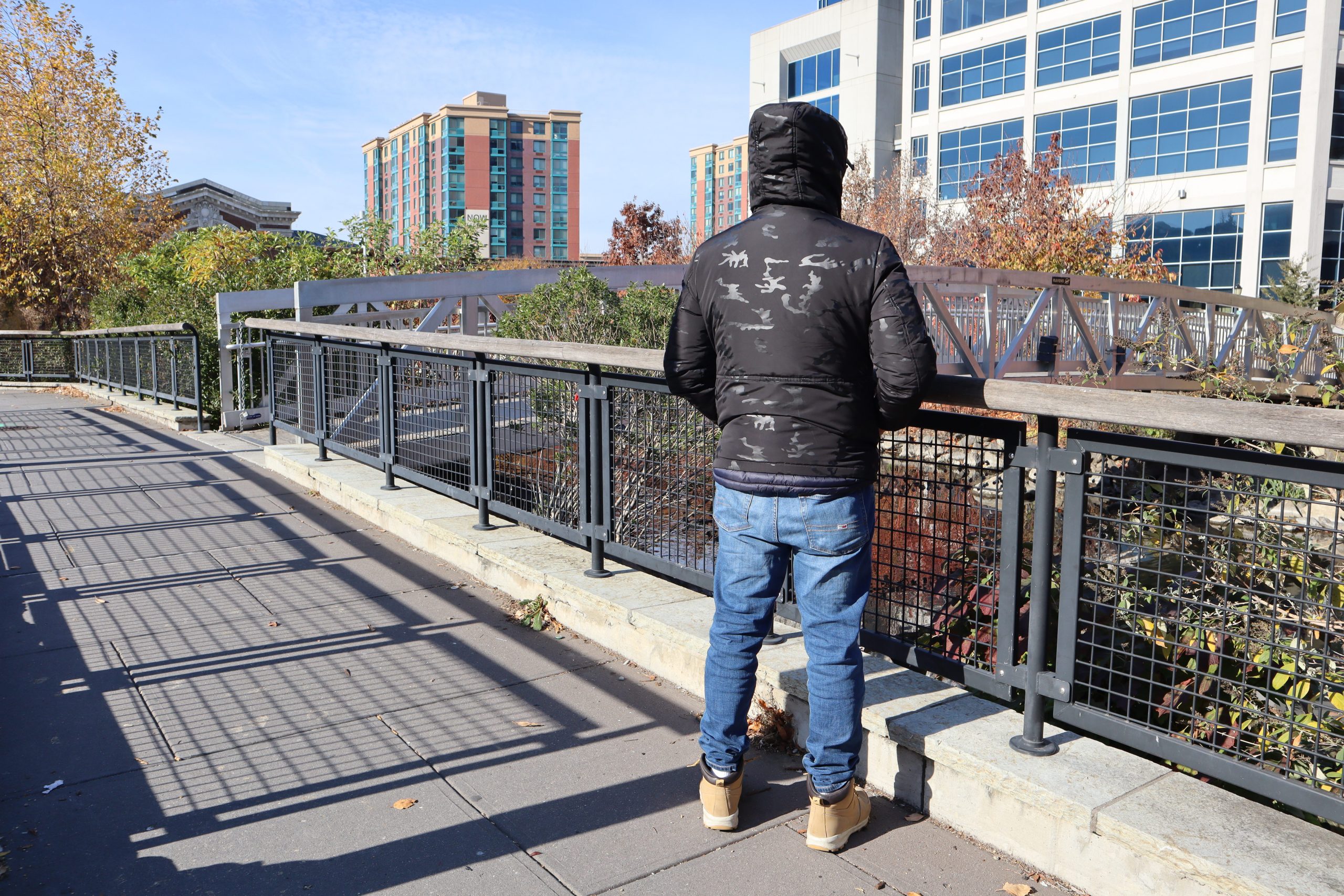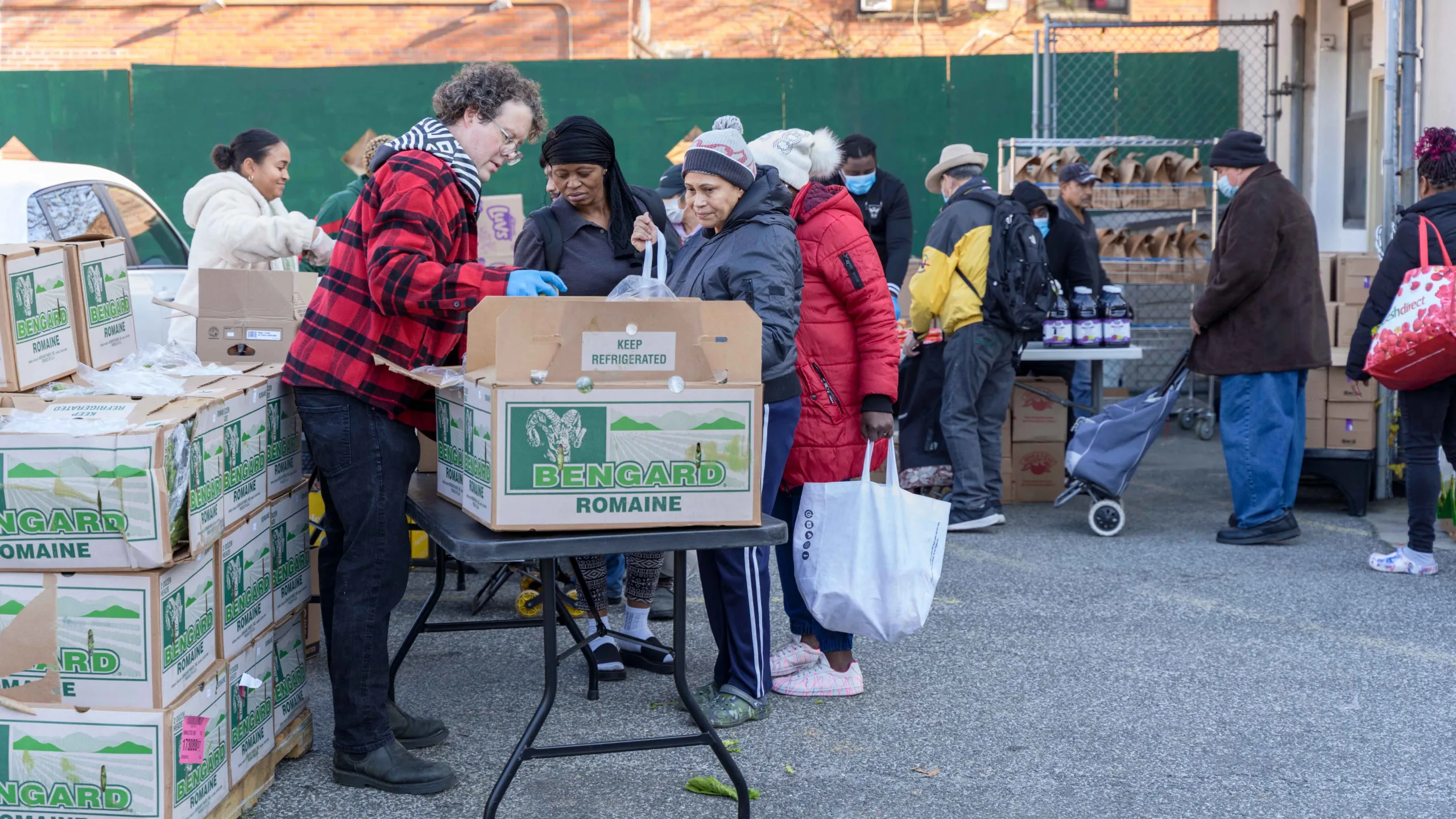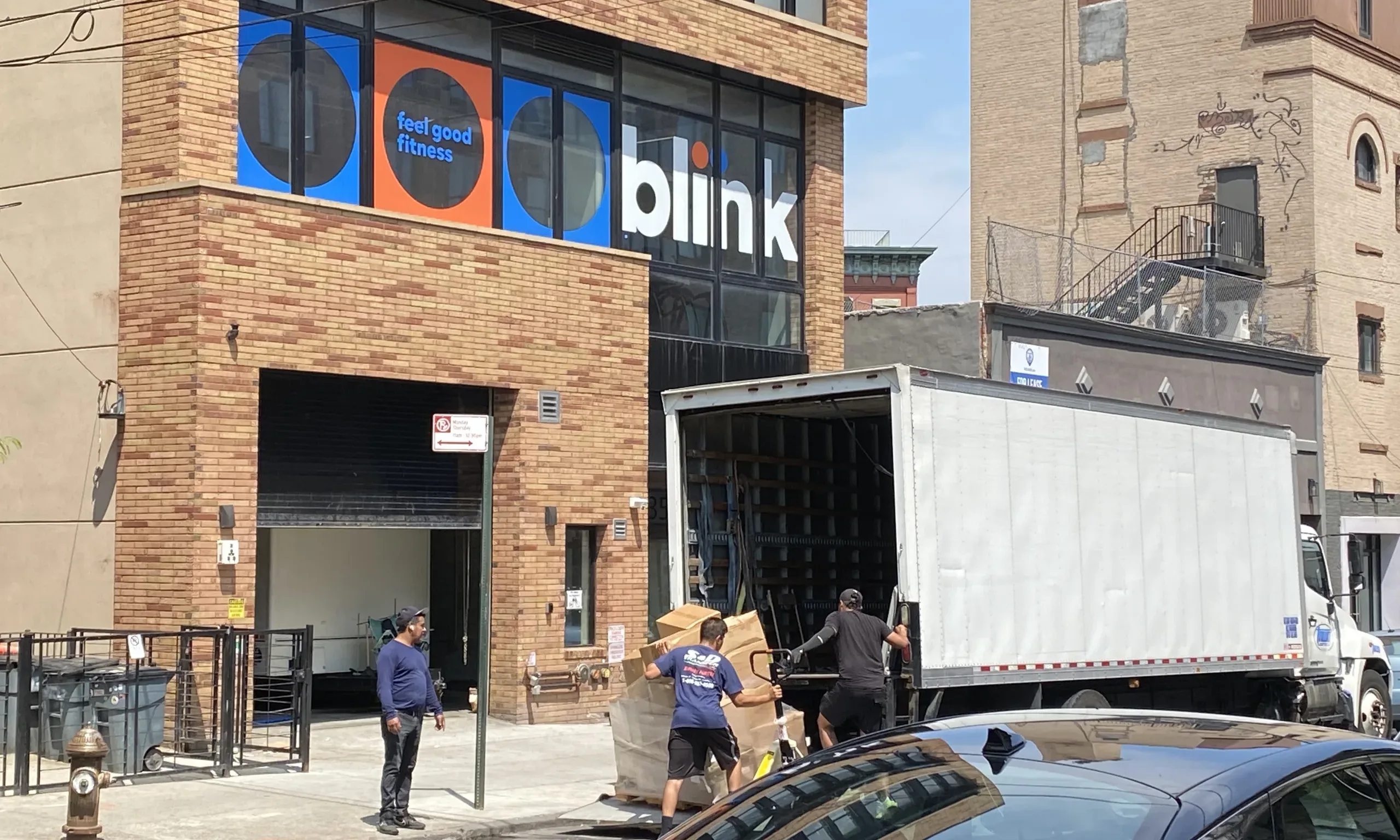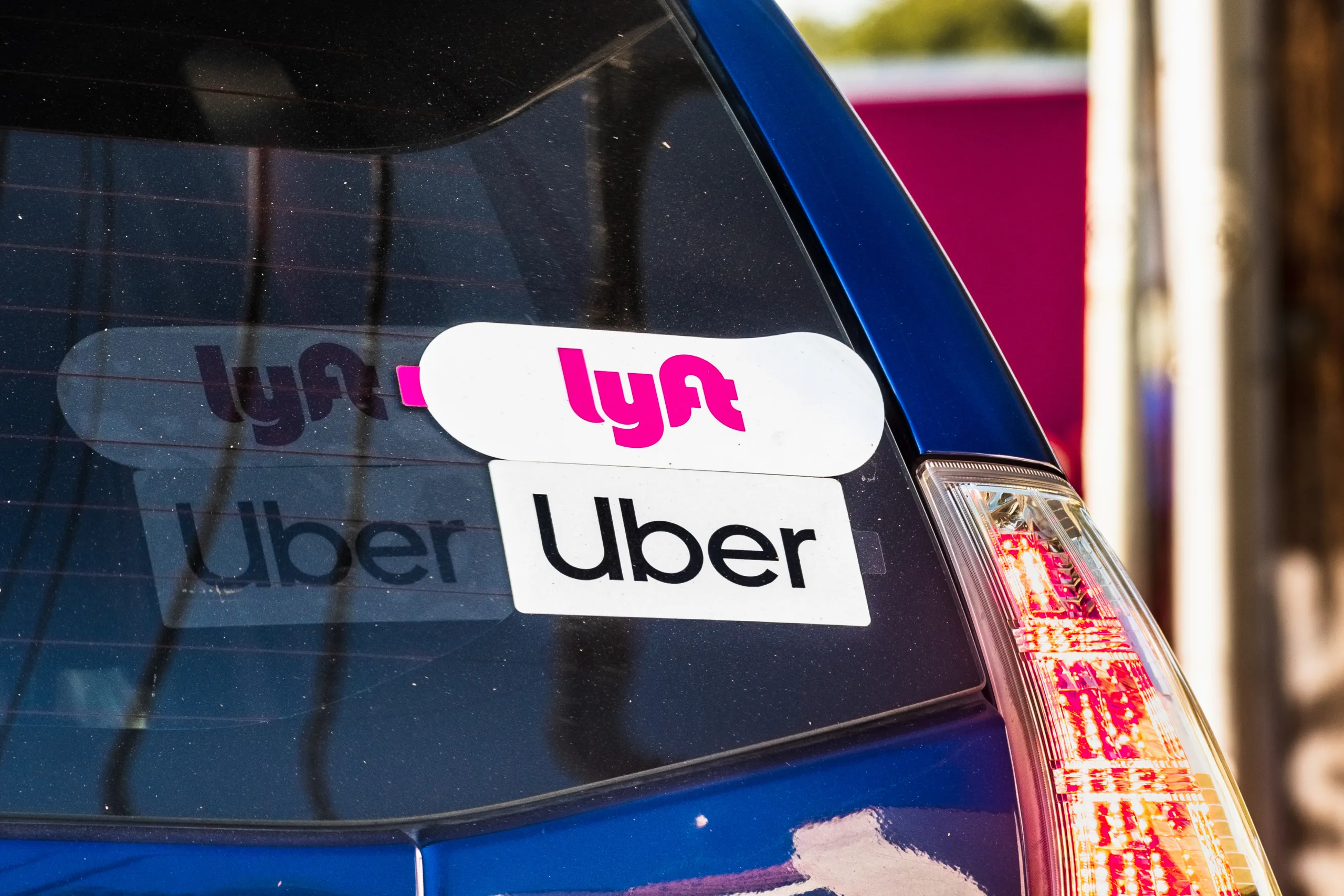On a September night in 2013, Sergio, an undocumented immigrant from Peru, was walking through the streets of Yonkers looking for a place to eat while hanging out with friends. They stopped outside a shop on the street to purchase some food, but encountered a rowdy group. He watched as the scene became more hostile and attempted to de-escalate the situation but before he knew it, someone forced a knife into his right eye, my colleague, Giulia McDonnell Nieto del Rio, wrote in 2021.
A police report showed that Sergio was “laying in a pool of blood” when the police arrived. Sergio spoke to officers at the crime scene and at the Bronx hospital where he was treated.
At the time, he had no idea how vital those conversations with law enforcement would be.
Also Read: Unions Fight to Include Wage Theft in U Visa Program
As an immigrant victim of crime, Sergio was eligible for a U visa. The U visa was established in 2000 as a tool to help reduce the obstacles in cooperation between immigrants and law enforcement officers. It achieves this by offering a route to legal status for victims of crime who assist in police investigations. Victims’ family members such as their children also qualify to apply as well.
Today, the backlog of people waiting for U visas has grown to more than 326,000 as of Q2 Fiscal Year 2023 — the latest USCIS data shows.
Also Read: The Yonkers Police Department Refused to Help a Stabbing Victim Get a U Visa
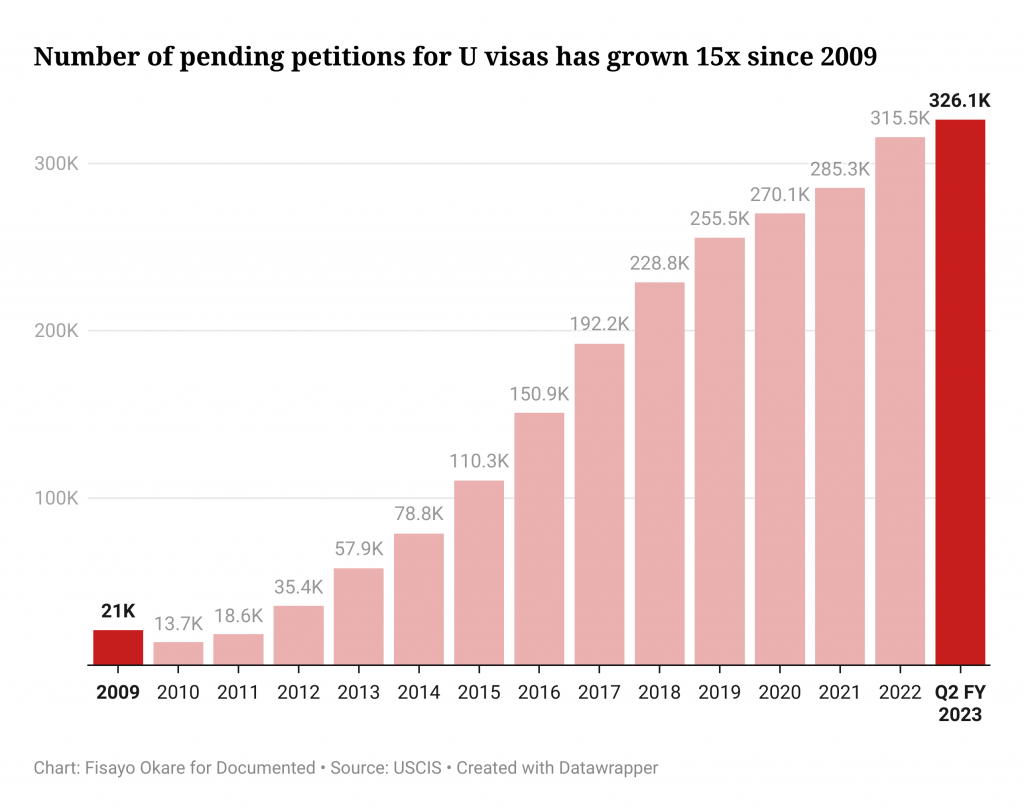
Out of the total backlog of over 326,000 individuals, 195,619 are petitions from victims of crime, while the remaining 130,502 petitions are from their family members.
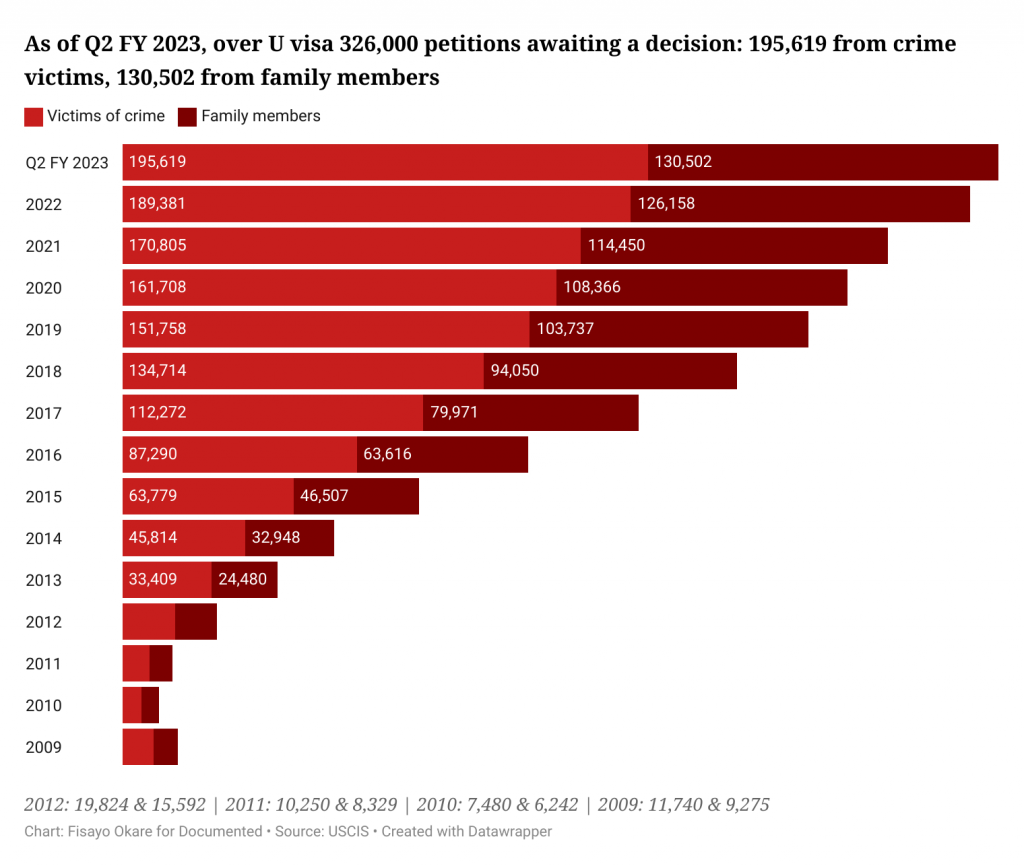
The number of new petitions the USCIS received was highest in 2017 (62,990).
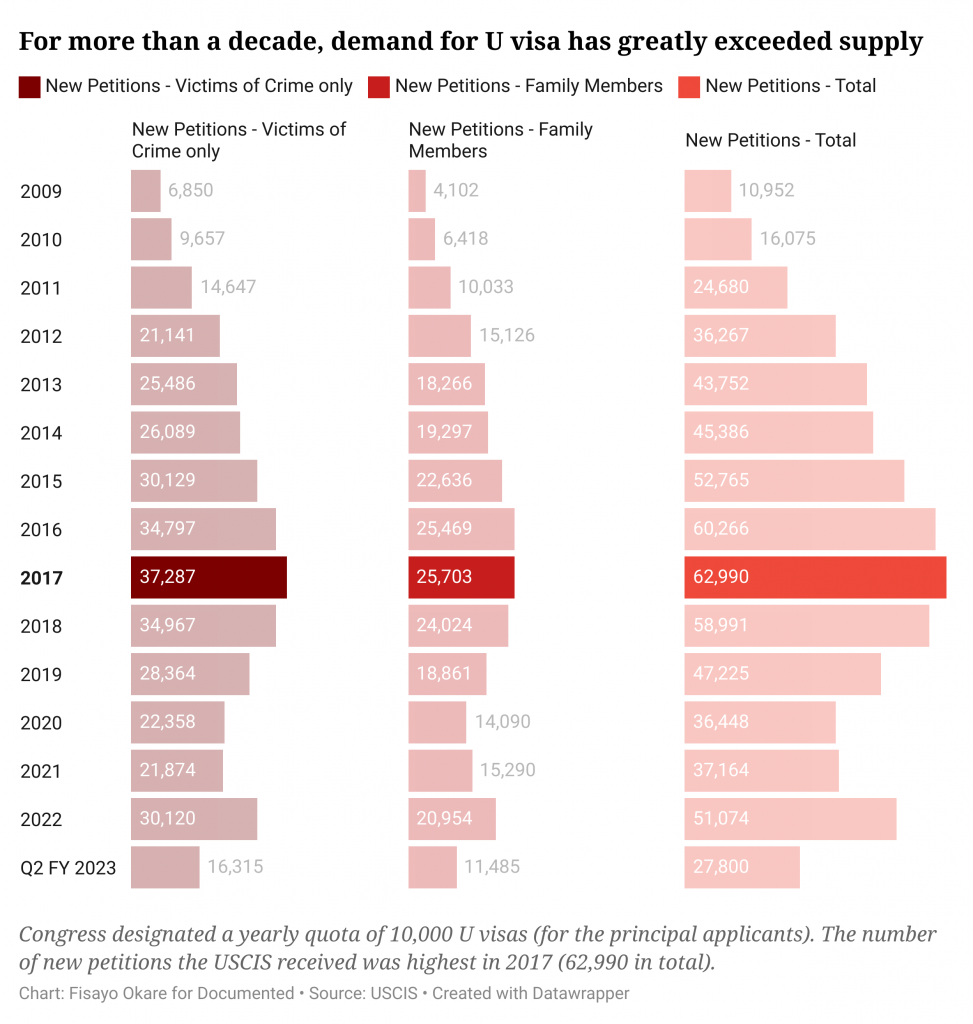
Congress designated a yearly quota of 10,000 U visas (exclusively for the principal applicants, i.e. not including their family members). USCIS data shows that since 2011, the agency has received more than 10,000 petitions from victims of crime, indicating that for more than a decade, demand for U visas has greatly exceeded supply.
TestPost3
With the current waiting list exceeding 326,000 individuals, and an annual allotment of only 10,000 U visas for principal applicants, tens of thousands of people will have to endure a 20-year wait before a visa becomes available to them.
Every year, the USCIS denies a substantial number of U visa applications. Nevertheless, the proportion of denials is much smaller compared to the approved ones. However, the majority of applicants find their petitions neither moving into the approved nor denied category; instead, they end up in the category of pending petitions, leading to a growing backlog of cases.
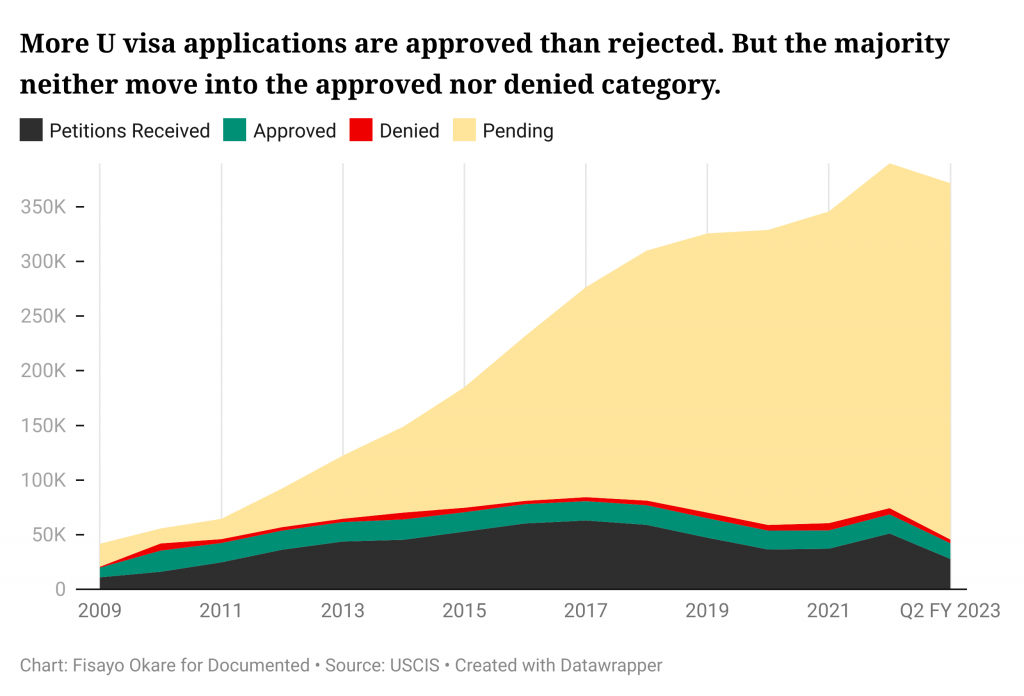
Related:
- Check out this report by Austin Kocher on Substack, which also provides an analysis of the latest USCIS data
- Read Documented’s full report about how the Yonkers police department refused to help a stabbing victim get a U visa, which illustrates the ways in which many police departments create obstacles for U visa applicants around the U.S.
